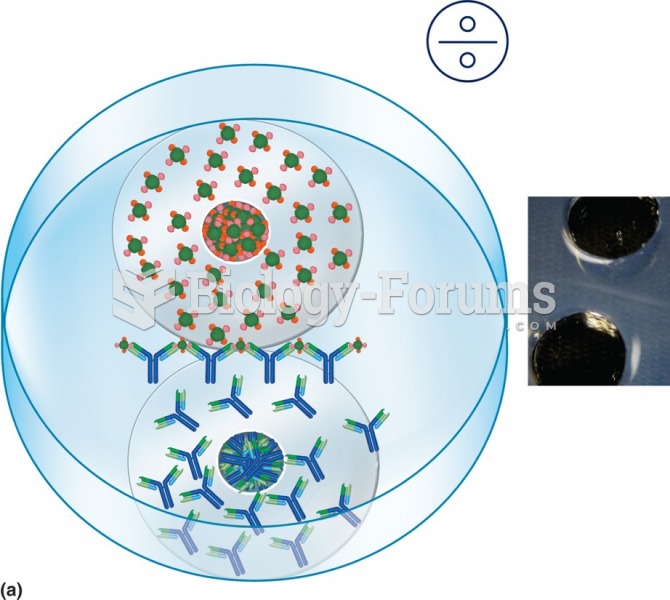|
|
|
In 1864, the first barbiturate (barbituric acid) was synthesized.
Cancer has been around as long as humankind, but only in the second half of the twentieth century did the number of cancer cases explode.
About 80% of major fungal systemic infections are due to Candida albicans. Another form, Candida peritonitis, occurs most often in postoperative patients. A rare disease, Candida meningitis, may follow leukemia, kidney transplant, other immunosuppressed factors, or when suffering from Candida septicemia.
Hippocrates noted that blood separates into four differently colored liquids when removed from the body and examined: a pure red liquid mixed with white liquid material with a yellow-colored froth at the top and a black substance that settles underneath; he named these the four humors (for blood, phlegm, yellow bile, and black bile).
The people with the highest levels of LDL are Mexican American males and non-Hispanic black females.







